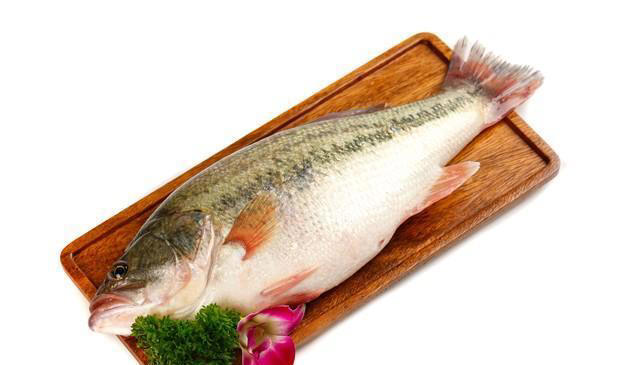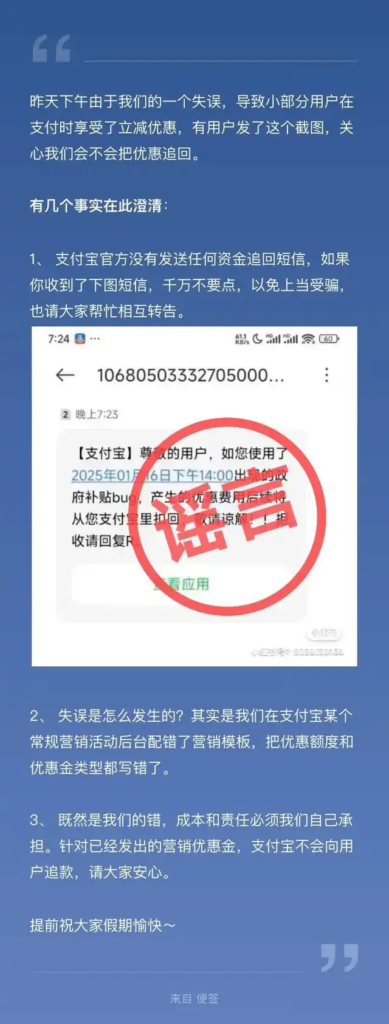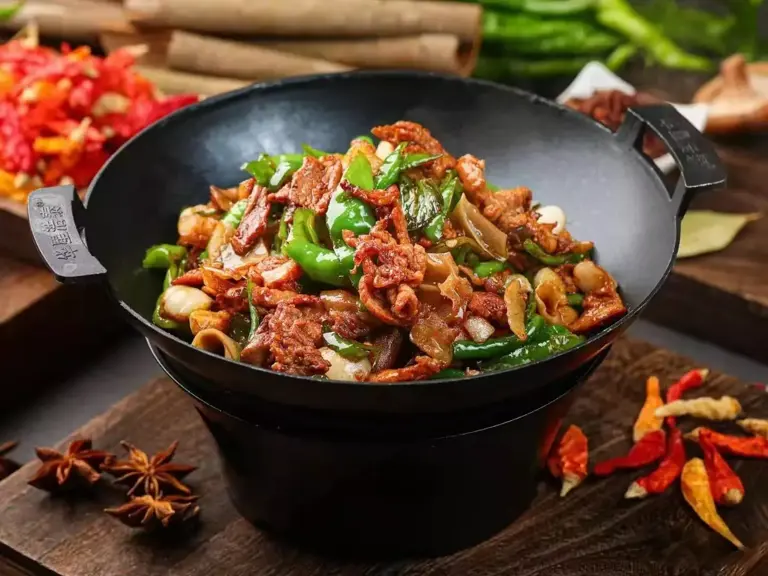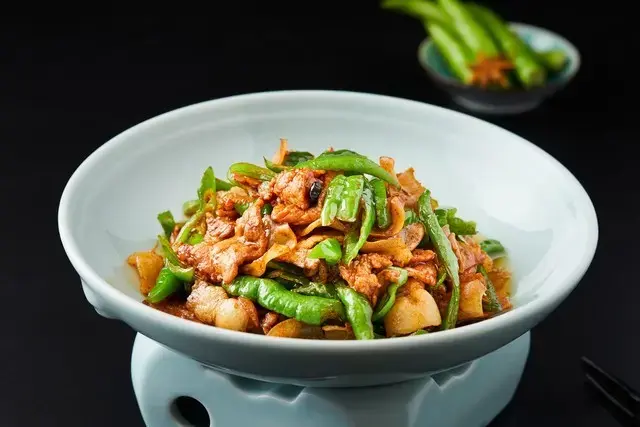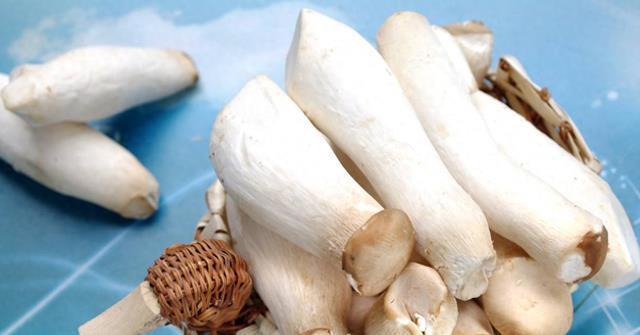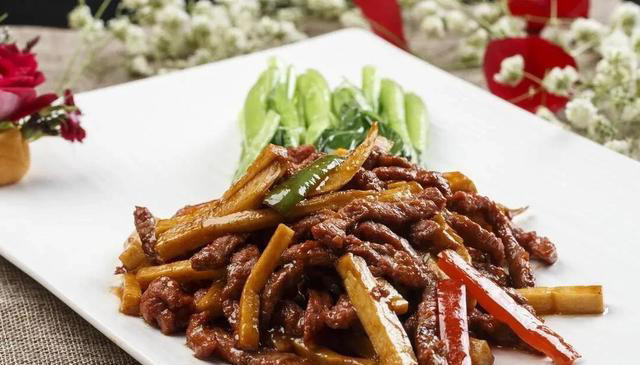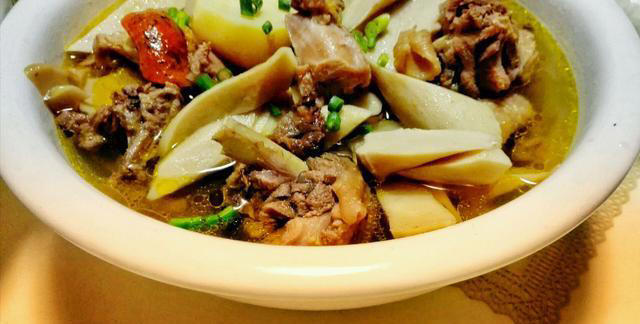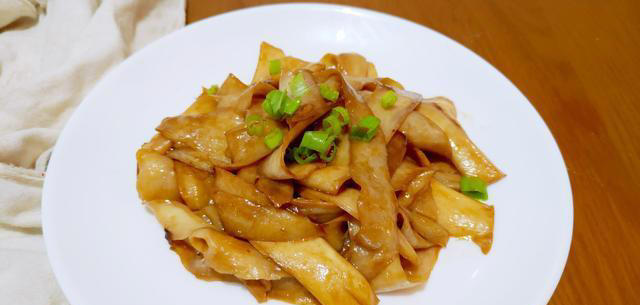“Abnormal weight can easily lead to high blood pressure, diabetes, cardiovascular and cerebrovascular diseases, fatty liver, and even some cancers are also related to abnormal weight.”
“Some people have too large waist circumferences, are overweight, and even have chronic diseases…… This requires the help of a professional doctor and a specialized medical institution. ”
Yesterday (9th), the third session of the 14th National People’s Congress held a press conference, and Lei Haichao, director of the National Health Commission, said that he would continue to promote the weight management year action and popularize a healthy lifestyle.
According to the “Guiding Principles for Weight Management (2024 Edition)” issued by the National Health Commission to the public, some studies predict that if it is not effectively curbed, the overweight and obesity rate of adults in China will reach 70.5% and the rate of overweight and obesity in children will reach 31.8% in 2030.
■ What kind of fat is really overweight and obese?
Overweight and obesity are influenced by a variety of factors. These include changes in genetics, diet, physical activity levels, lifestyle habits, and social environment.
Body mass index (BMI) is a measure of how fat and thin a person is.
BMI = weight (kg) / height (m) ²
The normal BMI for healthy adults in our country is between 18.5 and 24.
A BMI between 24 and 28 is defined as overweight.
Being 28 or more is obese. Among them, it is divided into mild obesity, moderate obesity, severe obesity and very severe obesity according to BMI.
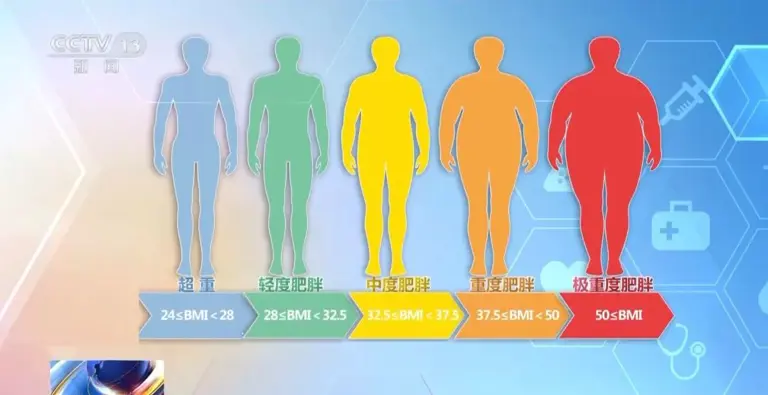
■ How to eat for healthy weight loss?
Previously, the National Health Commission issued the “Dietary Guidelines for Adults with Obesity (2024 Edition)”, which teaches you to lose weight scientifically!
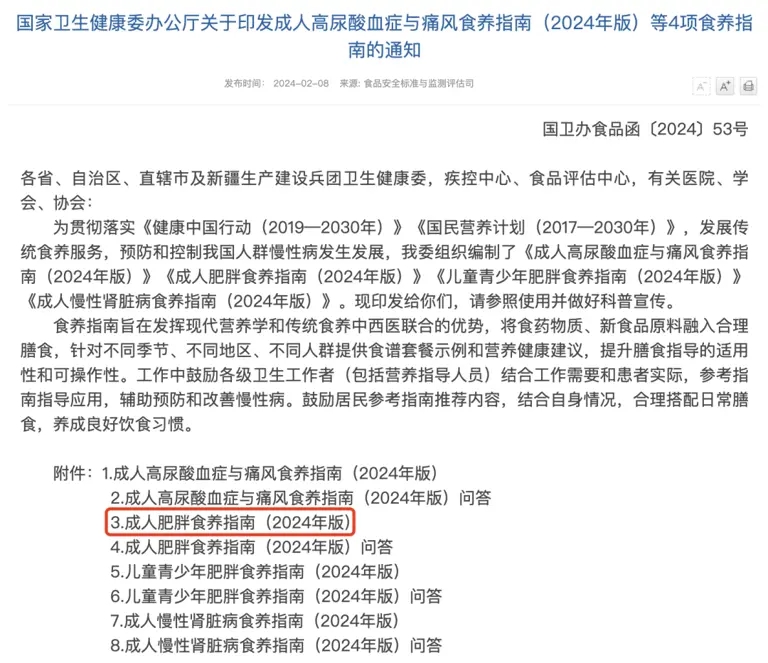
It’s worth noting that this recipe is broken down to examples of recipes from different parts of the country, with notes on the “total energy” of the recipe.
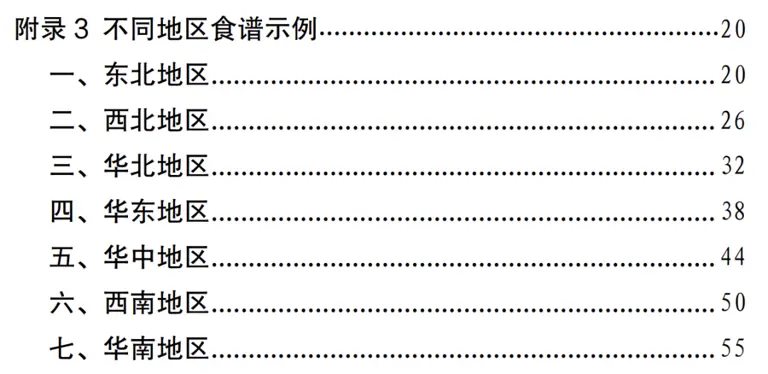
For example, the spring recipes in the Northeast region include “iron pot stewed fish” and “cabbage rice”, and the recipes in the Northwest region include “Zhenzi noodles” and “oily noodles”.
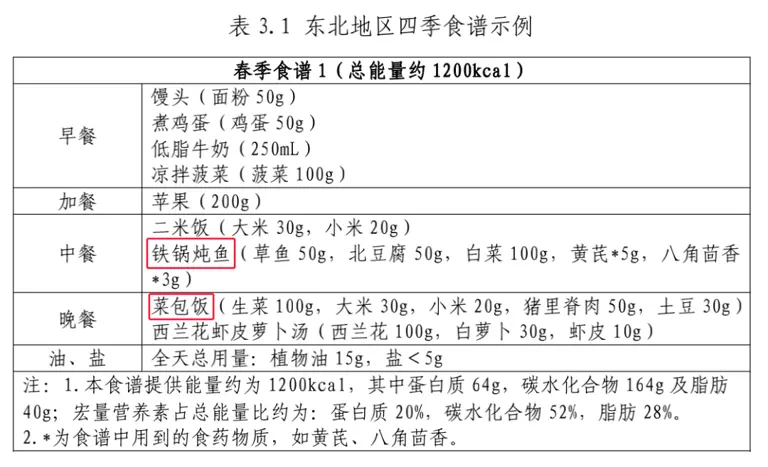
These foods are preferred
Encourage the staple food to be based on whole grains, appropriately increase coarse grains and reduce the intake of refined white rice noodles;
Ensure adequate intake of fresh fruits and vegetables, but reduce the intake of high-sugar fruits and high-starch vegetables;
Priority should be given to ingredients with low fat content, such as lean meat, skinless chicken breast, fish and shrimp, etc.;
Preference is given to low-fat or skimmed milk.
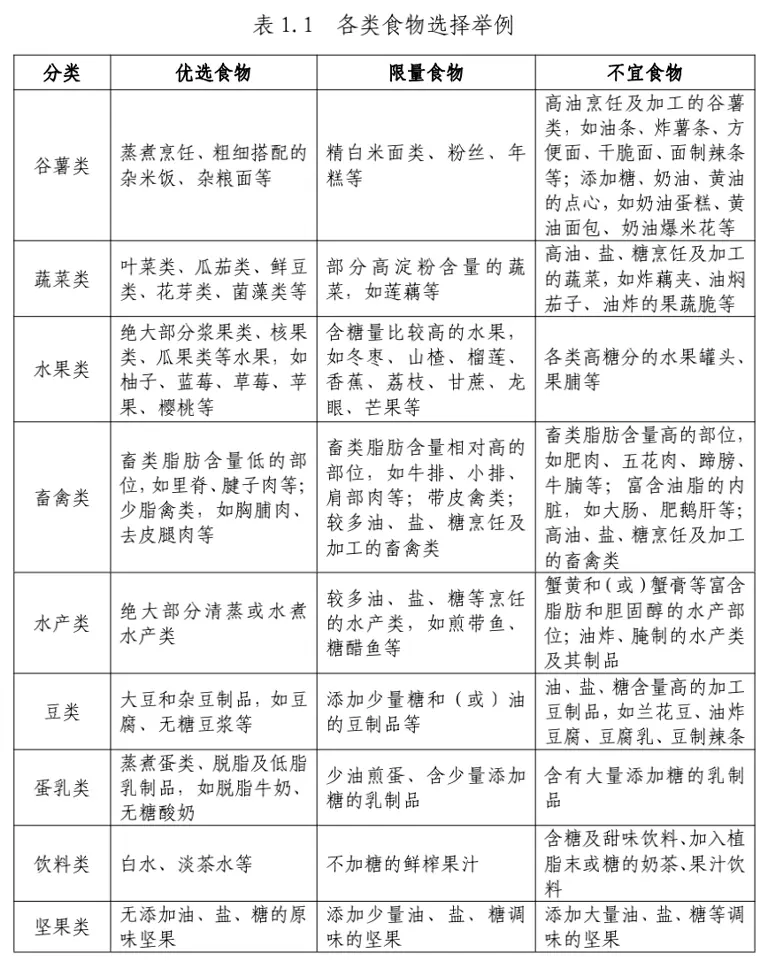
Eat less of these foods
During weight loss, you should eat less high-energy foods such as fried foods, sugary baked pastries, candies, and fatty meats (high-energy foods usually refer to foods that provide more than 400kcal/100g of energy).
During weight loss, the diet should be light, the daily salt intake should not exceed 5g, cooking oil should not exceed 20~25g, and the intake of added sugar should be controlled below 25g.
Alcohol consumption should be severely limited during weight loss. Each gram of alcohol produces about 7 kcal of energy, which is much higher than the energy value produced by the same mass of carbohydrates and proteins.
How much do you eat per day?
Controlling total energy intake and maintaining a sensible diet are key to weight management. To control the total energy intake, based on the daily energy requirements of different groups (as shown in the table below), it is recommended to reduce the daily energy intake by an average of 30%~50% or reduce it by 500~1000kcal, or recommend a daily energy intake of 1200~1500kcal for men and 1000~1200kcal for women.

According to the actual energy requirements corresponding to the basal metabolic rate and physical activity of different individuals, 85% and 80% of the intake standards of overweight and obese individuals can be given respectively to achieve a negative energy balance, and at the same time can meet the basic needs of energy intake higher than the basal metabolic rate of the human body, and help lose weight and body fat.
The ideal weight (kg) can be calculated by subtracting 105 from the height (cm), and then multiplied by the energy coefficient of 15~35kcal/kg (15kcal/kg for general bedridden, 20~25kcal/kg for light physical activity, 30kcal/kg for medium physical activity, and 35kcal/kg for heavy physical activity) to calculate the individualized daily energy of adults.
■ Scientific weight loss, these 4 things to keep in mind
The “Dietary Guidelines for Adults with Obesity (2024 Edition)” suggests that the energy supply ratio of the three macronutrients is: fat 20%~30%, protein 15%~20%, and carbohydrate 50%~60%, and the recommended energy supply ratio of breakfast, noon and evening meals is 3:4:3.
Eat regular meals at regular intervals
It is recommended to eat dinner at 17:00~19:00, and should not eat any food after dinner, but you can drink water.
Eat fewer snacks and drink fewer drinks
Whether you are dining at home or eating out, you should strive to eat in moderation and science, do not overeat, control snacks and drinks at will, and avoid supper.
Eat carefully and slowly
Eating the same food, chewing and swallowing slowly can help reduce the total amount of food, slow down the speed of eating, increase satiety, and reduce hunger.
Change the order of meals appropriately
Eating in the order of “vegetables, meat, and staples” can help reduce the amount of high-energy foods you eat.
■In addition to eating, there are these tips for losing weight
Go to bed
Staying up late, lack of sleep, irregular work and rest, can cause endocrine disorders, abnormal fat metabolism, resulting in “overwork and fat”, obese patients should follow the circadian biological rhythm, to ensure that the sleep time is about 7 hours a day.
motion
Insufficient or lack of physical activity and sedentary static lifestyle are important reasons for the occurrence of obesity, the exercise principle of obesity patients to lose weight is mainly low-intensity aerobic exercise, supplemented by resistance exercise, 150~300 minutes per week, moderate-intensity aerobic exercise 5~7 days a week, at least 1 exercise every other day, resistance exercise 2~3 days a week, 1 time every other day, 10~20 minutes each time, and energy consumption of 2000kcal or more through exercise per week.
Sit less
Sit-in and passive video time should be limited to 2 to 4 hours a day, and long-term sit-in or desk workers should get up and move for 3 to 5 minutes every hour.
Reminder
Weight loss should be gradual
A better weight-loss goal would be:
Within 6 months, reduce 5%~10% of current body weight
A reasonable rate of weight loss is:
Lose 2~4 kg per month

 Entering China
Entering China






